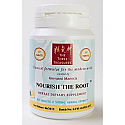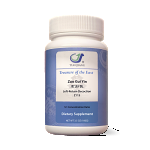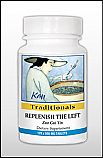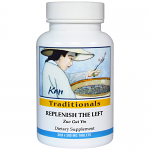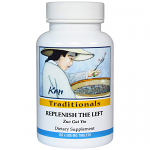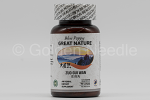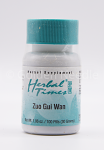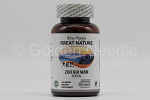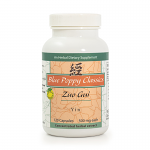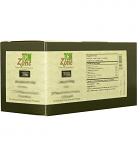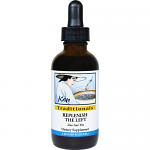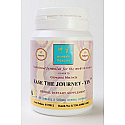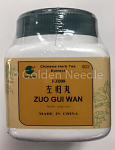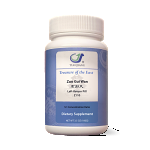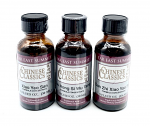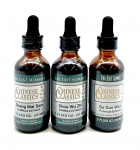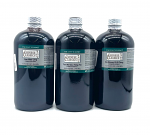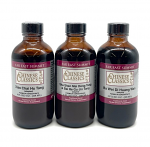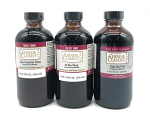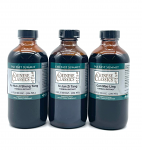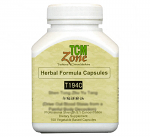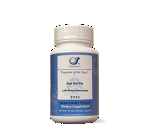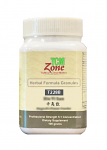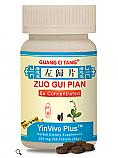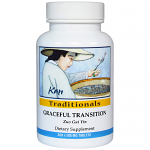$0.00 (0 items)
Zuo Gui Yin
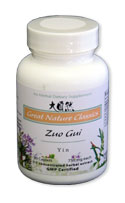
Zuo Gui Yin
| SKU | GN202 | |
| Brand | Great Nature Classic Tablets by Blue Poppy | |
| Unit Size | 90 Tablets | |
| Potency | 7:1 / 750 mg | |
| Contraindications | Use with caution in case of spleenstomach vacuity weakness. | |
| Chinese Symptomology | Kidney Yin Deficiency; lumbago; vertigo; light-headedness; tinnitus; spontaneous and noctural emission; night sweat; mouth and throat dry; thirst; dizziness; afternoon or night low fever; dim eyesight; soreness and weakness in the lower back and legs; inc | |
| Western Symptomology | Kidney yin vacuity manifesting as diabetes mellitus, optic neuritis, central retinitis, optic nerve atrophy, pulmonary tuberculosis, hyperthyroidism, Addison’s disease, hypertension, neurasthenia, functional uterine bleeding, chronic urinary tract infection, chronic nephritis, chronic glomerulonephritis, nephroatrophy, deafness, impotence, nocturia, menopause, senility, etc. | |
| Actions | Replenishes the Yin; Tonifies the Kidney; Strengthens the Vital Essence and marrow | |
| Pattern | Kidney yin vacuity | |
| Chinese name | Zuo Gui Yin | |
| English name | Left-restoring Beverage | |
| Description | Within this formula, Shu Di is the sovereign medicinal which supplements the kidneys, enriches yin, and fosters essence. Its ministers are Shan Yao (Radix Dioscoreae), Shan Zhu Yu (Fructus Corni), and Gou Qi Zi (Fructus Lycii) which also supplement the kidneys and enrich yin. Shan Yao also supplements the spleen qi, while Shan Zhu Yu and Gou Qi Zi also supplement the liver. Fu Ling (Poria) fortifies the spleen and seeps dampness. Mixfried Gan Cao (Radix Glycyrrhizae) regulates and harmonizes all the other medicinals in the formula as well as assists Shan Yao and Fu Ling in supplementing the spleen. Therefore, this formula takes into account the interdependent relationship between the former and latter heavens. Unlike Liu Wei Di Huang Wan, this formula is essentially entirely supplementing and supporting in nature. This formula comes from Zhang Jie-bin (a.k.a. Zhang Jing-yue)s early Qing dynasty Jing Yue Quan Shu (The Collected Writings of Jing Yue) published in 1624 CE. | |
| Ingredients | hu Di (cooked Radix Rehmanniae) 231 mg ~ Gou Qi Zi (Fructus Lycii) 147 mg ~ Shan Zhu Yu (Fructus Corni) 115.5 mg ~ Shan Yao (Radix Dioscoreae) 115.5 mg ~ Fu Ling (Poria) 87 mg ~ mixfried Gan Cao (Radix Glycyrrhizae) 57 mg | |
There are no reviews, yet! If you've tried this item, share your experience.
Only registered customers can review items. Please sign in to review!
Please register/login first.


